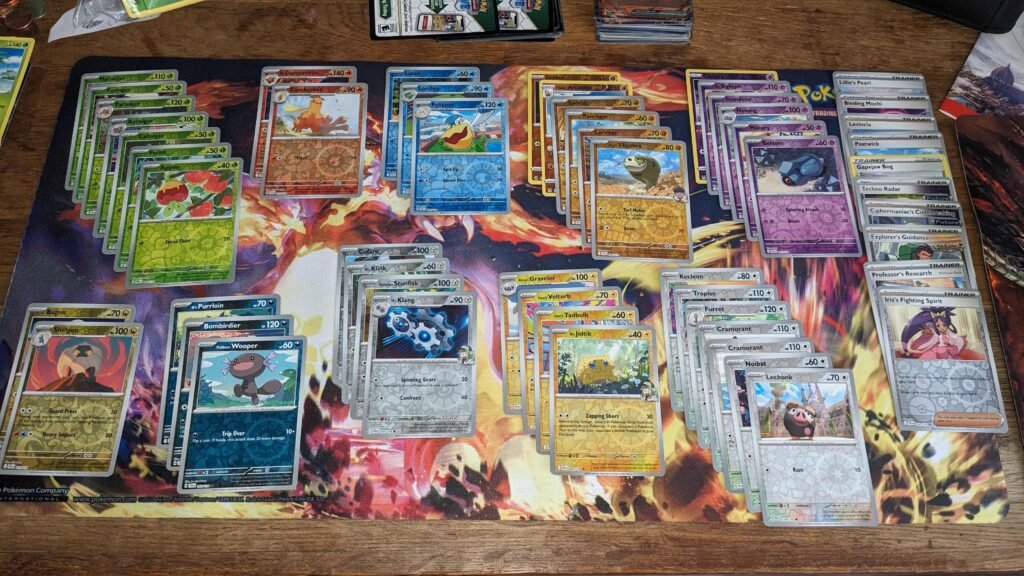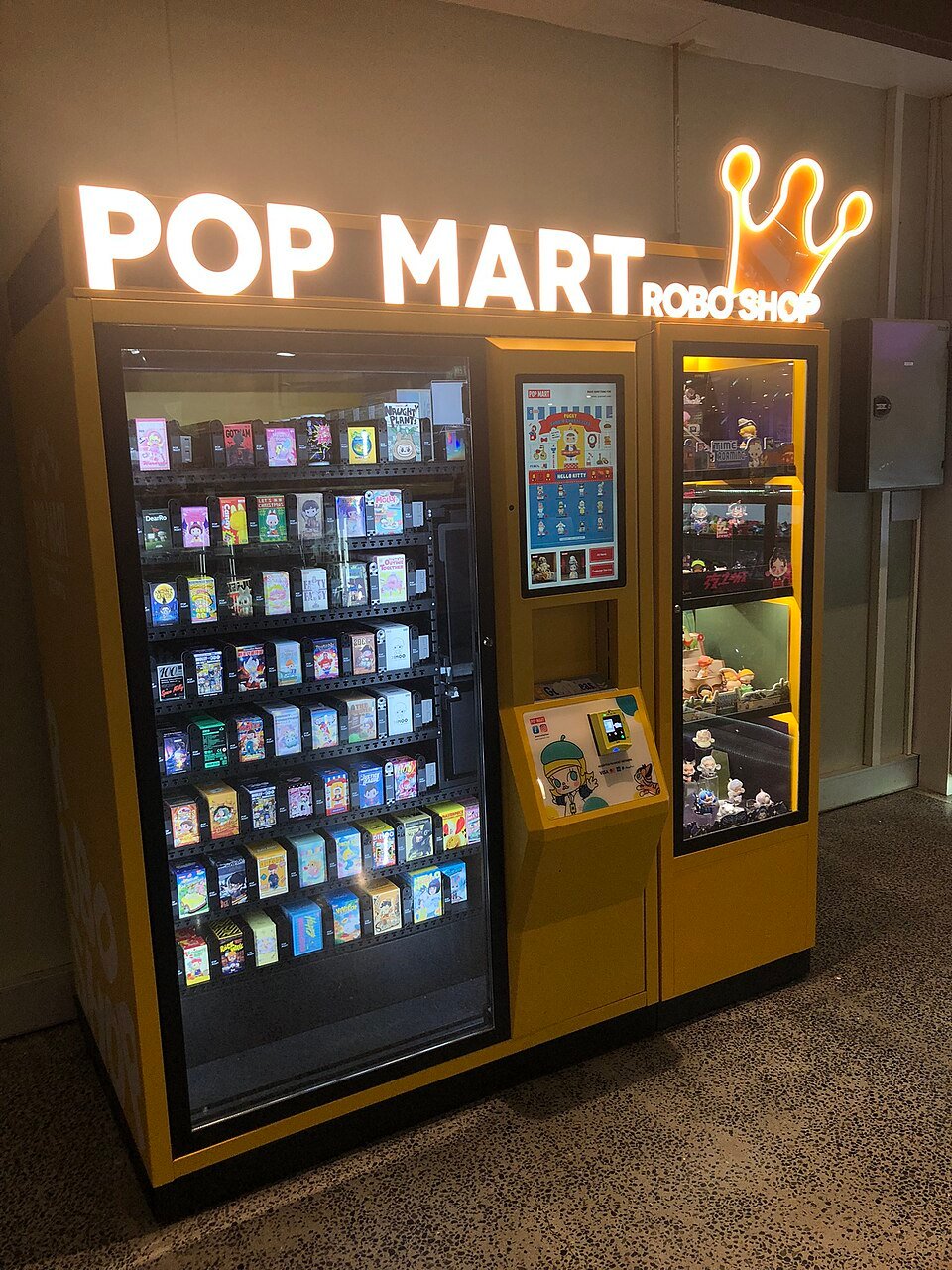You’ve felt it. That electric buzz right before you tear the foil off a Pokémon pack. The satisfying heft of a Pop Mart box as you shake it, trying to guess what’s inside. The heart-pounding, 10-minute countdown on Nike’s SNKRS app before you find out if you “Got ‘Em.”
It’s a thrill. A rush. And it’s absolutely, 100% by design.
That feeling isn’t just the simple joy of collecting; it’s a carefully engineered neurochemical cocktail that has turned modern hobbies into a multi-billion dollar industry. Companies aren’t just selling you a product anymore. They’re selling you a dopamine hit. Welcome to the Dopamine Economy, where the chase is the real product, and your brain is the target customer.
The Science of the Chase: It’s Not the Prize, It’s the “Maybe”
Let’s get one thing straight: the magic ingredient here is dopamine. But it’s not the “pleasure chemical” everyone thinks it is. Neuroscientists have shown that dopamine isn’t released when you get the reward; it’s released in anticipation of it. It’s the chemical of seeking, of motivation, of “what if?” It’s the neurological engine of the chase.
This system is supercharged by a psychological principle called a variable-ratio reinforcement schedule. It sounds complicated, but you know it as a slot machine. You pull the lever (buy the box) not knowing if you’ll win. Most times you don’t, but the possibility that the next pull could be the jackpot keeps you going. That unpredictability is scientifically proven to be the most addictive reward pattern there is.
In one famous study, monkeys who got a treat after 10 predictable button presses showed a decent dopamine surge. But when the treat was delivered randomly only 50% of the time? The dopamine release doubled. The uncertainty is the drug.
The New Casino Floor is Everywhere
Once you see this pattern, you can’t unsee it. It’s the engine behind almost every modern collectible craze.
- Trading Cards (Pokémon, Magic, Sports Cards): The OG loot box. The ritual of “ripping packs” is pure, uncut dopamine. With a secondary market where a $5 pack could contain a card worth thousands, every pack is a lottery ticket. It’s not just collecting; it’s high-stakes speculation disguised as a hobby.
- Gacha Games (Genshin Impact): These free-to-play games have perfected the digital slot machine. They use flashy animations, dramatic sound effects, and limited-time “banners” to create an intense fear of missing out (FOMO). Systems like “pity” (guaranteeing a rare item after many failed pulls) aren’t generous; they’re calculated tools to keep you spending just when you’re about to give up.
- Designer Toys (Funko Pop!, Pop Mart): The physical blind box is a masterclass in this. Funko’s rare “Chase” variants are randomly inserted in 1 out of every 6 shipments, turning a trip to Target into a treasure hunt. Pop Mart takes it further, with “secret” figures having odds as low as 1-in-144, creating an intense desire to complete the set.
- Sneaker Drops (Nike SNKRS App): This is perhaps the most abstract and brilliant application. You don’t just buy the shoes; you enter a high-pressure, 10-minute raffle for the privilege of spending hundreds of dollars. The reward isn’t the sneaker. It’s the two words that flash on your screen: “Got ‘Em.” That notification is the pure, unadulterated dopamine hit, and it’s what keeps millions coming back for the next “L” (loss).
When the Hobby Becomes a Habit (and Then a Problem)
This dopamine loop is the first stage of a classic addiction cycle. The “binge” is the thrill of the hunt. But with repeated exposure, your brain adapts. You build a tolerance. The small wins don’t feel as good anymore, and you need to spend more—or chase something rarer—to get the same rush.
Soon, you’re not just chasing the high; you’re running from the low. This is the “withdrawal” stage, where not participating leaves you feeling anxious and irritable. The hobby shifts from a source of joy to a compulsion. This isn’t just theory; it’s reality for a growing number of collectors. People have reported racking up tens, or even hundreds, of thousands of dollars in debt, hiding their spending from their families, and having their relationships destroyed by a hobby that spiraled out of control.
The House Always Wins: Is This Even Legal?
The scary part? Much of this is happening in a completely unregulated space. In the digital world, designers use “dark patterns”—manipulative interface designs that trick you into spending more than you intend. These tactics are especially effective on children and adolescents, whose brains are still developing impulse control.
The line between a fun collectible and an unregulated gambling product has become dangerously blurred. While countries like Belgium and the Netherlands have already classified video game loot boxes as a form of illegal gambling, the physical collectibles market remains a wild west.
Welcome to the Dopamine Economy
So, the next time you feel that irresistible pull to buy just one more box, remember what you’re really buying. It’s not just a toy, a card, or a pair of shoes. You’re paying for a feeling—a carefully engineered, repeatable, and potentially addictive neurochemical experience. The product is just the delivery system.
The unboxing videos flooding your TikTok feed aren’t just sharing a hobby; they’re free advertising for the dopamine rush, creating a powerful cycle of vicarious reinforcement and FOMO that fuels the entire economy.
Ask yourself: are you in control of your collection, or is the hunt in control of you?

